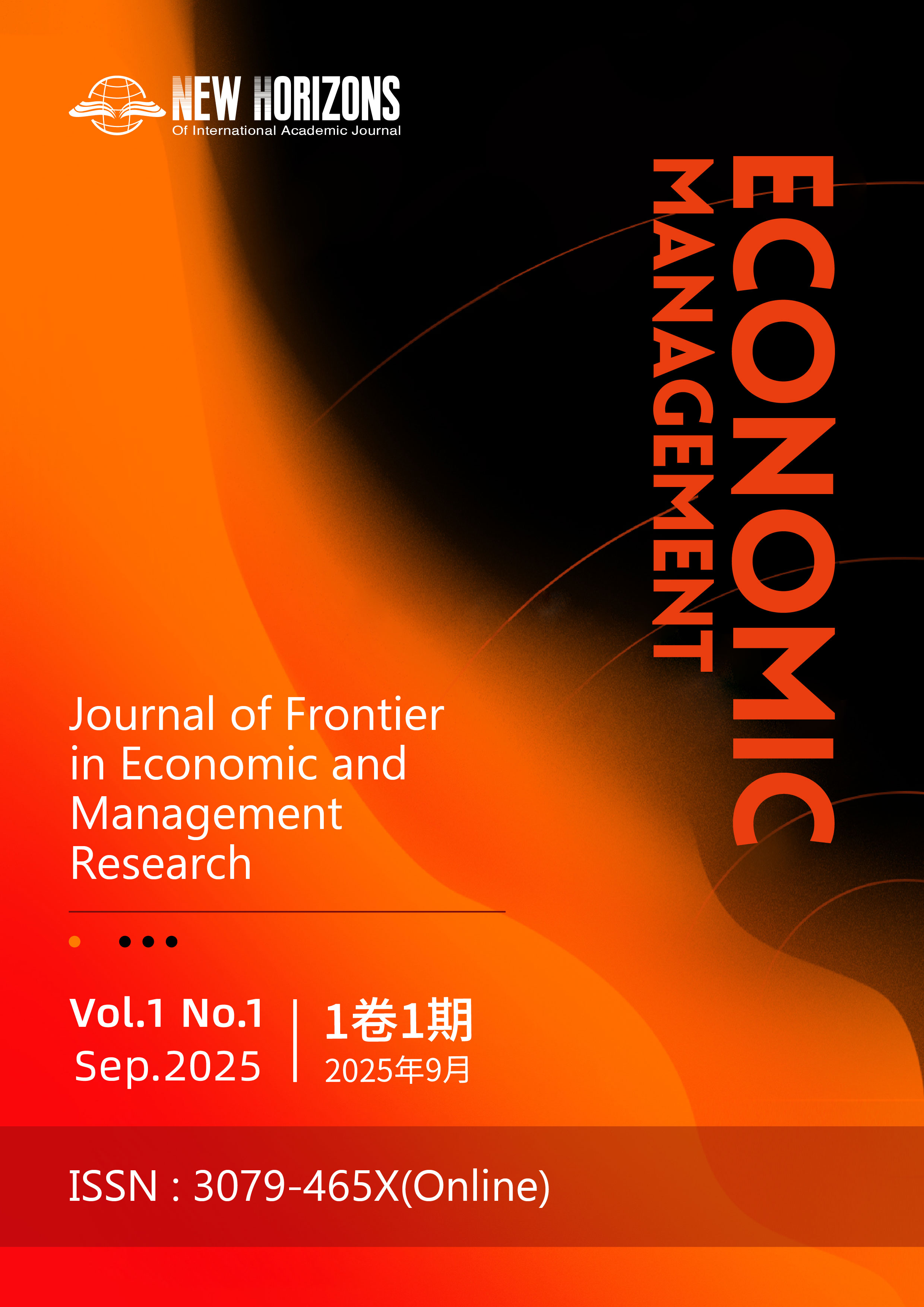Research on E-commerce boosts the normalized assistance mechanism of rural low-income population under the background of "Internet +"
DOI:
https://doi.org/10.63944/yqx.JFEMRKeywords:
E-commerce; Rural low-income population; Assistance mechanismAbstract
China has eliminated absolute poverty.Under the new situation,the specific target of assistance for rural revitalization is the rural low-income population.Driven by "Internet plus" technology, rural e-commerce has developed rapidly and played a huge role in the development process of rural economy.In the transitional stage of consolidating and expanding the achievements made in poverty alleviation in coordination with the extensive drive for rural vitalization, e-commerce has provided a convenient way for rural low-income people to improve their lives, and has worked on infrastructure, industry and jobs,all achieved obvious results.According to the development status of rural e-commerce and rural low-income population,the author puts forward the construction ideas of normalized assistance mechanism from endogenous power, "Party building + e commerce + help" mode, brand building and other targeted assistance.
References
[1] Zuo Ting, Zhao Yongli. (2024). Strengthening labor skills and improving labor conditions: Analysis of the path of increasing income for low-income rural population. Journal of Hohai University (Philosophy and Social Sciences Edition), 26(02): 1-11.
[2] Chen Zongsheng, Shen Yangyang, Zhou Yunbo. (2013). The absolute and relative changes of poverty in China's rural areas——Also on the setting of the relative poverty line. Management World, (01):67-75+77+76.
[3] Sun Jiuwen, Xia Tian. (2019). China's Poverty Alleviation Strategy and the Delineation 238 of the Relative Poverty Line after 2020: Analysis Based on Theory, Policy and Data. China Rural Economy, (10):98-113.
[4] Gao Qiang, Zeng Hengyuan. (2021). Metrics, Scale Estimation and Thinking Suggestions of China's Rural Low-income Population. Journal of Xinjiang Normal University (Philosophy and Social Sciences Edition), 42(04): 92-102.
[5] Cheng Guoqiang, Wu Xiaohong. (2021). Speed up the identification of rural low-income population. China Development Observatory, (Z1):27-28+24.
[6] Jiang Huichen. (2024), Increase income of low-income rural population: difficulties, challenges and promotion measures. Journal of Nanjing Agricultural University (Social Science Edition), 24(01): 84-93.DOI: 10.19714/j.cnki.1671-7465.20231219.001.
[7] The Nationwide Households by Income Quintile refers to arranging all surveyed households in descending order of per capita income level, and dividing them into five equal parts on average. Lower middle income group, middle income group, upper middle income group, high income group.
[8] Wang Yuqing. (2021). The current situation and suggestions of rural e-commerce development in the digital economy era. China Business Review, (20):71-73.
[9] Yuan Ye, Zhang Lingxiao. (2024). Research on the promotion effect of e-commerce model on rural economic development. Business Observation, 10(22): 64-68.
[10] Duan Jinhong, Hong Zhichao, Zhang Chunyan, et al. (2024). Analysis of the promotion effect of the "e-commerce + trade logistics" model on rural economic development. China Storage and Transportation, (01): 57-58. DOI: 10.16301/j.cnki.cn12-1204/f.2024.01.051.
[11] GUO Y H. (2021). Research on the normalizing classification and assistance mechanism for rural low-income population in Fujian Province. The communist party of China (journal of fujian provincial party committee party school administrative institute (fujian), (4) : 138-147. The DOI: 10.15993 / j.carol carroll nki cn35-1198 / c. 2021.04.027.
[12] Tian Xiangdong, Li Kun. (2025). Research on the current situation and countermeasures of rural e-commerce development. Shopping mall modernization, (03): 40-42.DOI: 10.14013/j.cnki.scxdh..03.056.
[13] Meng Lisha, Meng Yao. (2025). Long-term strategies and optimization policies for stable income growth for low-income rural groups. Journal of Chongqing University of Technology and Business (Social Science Edition), 42(03): 56-66.
[14] Cheng Yu, Sun Wei. (2024). Rural e-commerce development and rural industrial upgrading—based on the perspective of production and consumption. Business Economic Research, (24): 100-104.
[15] Li Xiufeng. (2025). Research on the path of rural e-commerce to help rural industrial integration development. New Farmers, (15): 22-24.
[16] Zheng Guiling, Li Weichun, Gao Yang, et al. (2024). Research on rural e-commerce supply chain management under the background of rural revitalization. Modern 239 Agricultural Machinery, (06): 63-65.
Downloads
Published
Issue
Section
License
Copyright (c) 2025 Journal of Frontier in Economic and Management Research

This work is licensed under a Creative Commons Attribution 4.0 International License.









